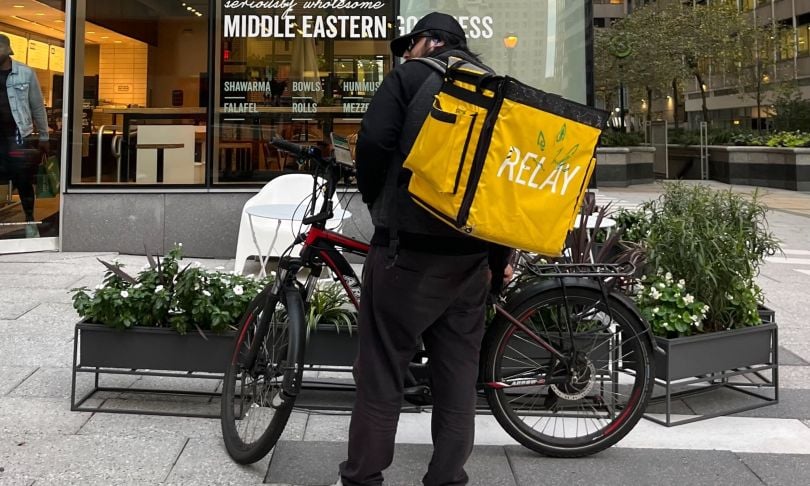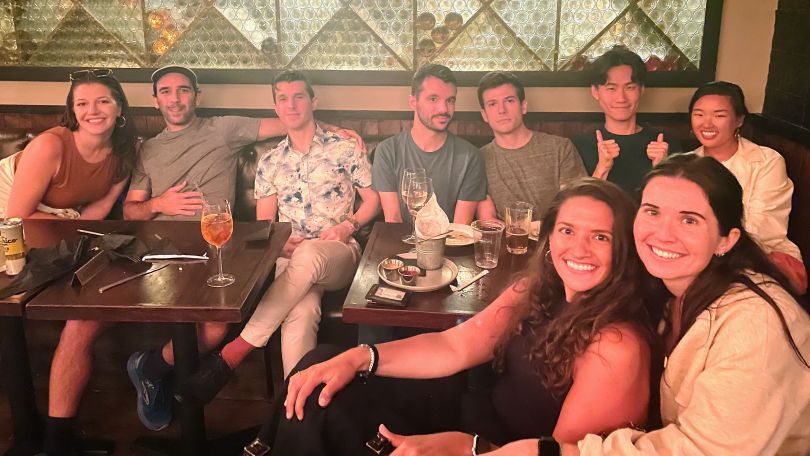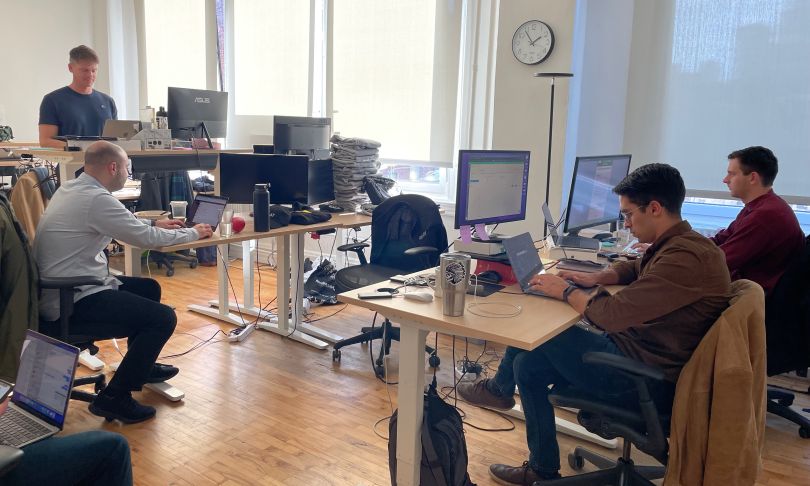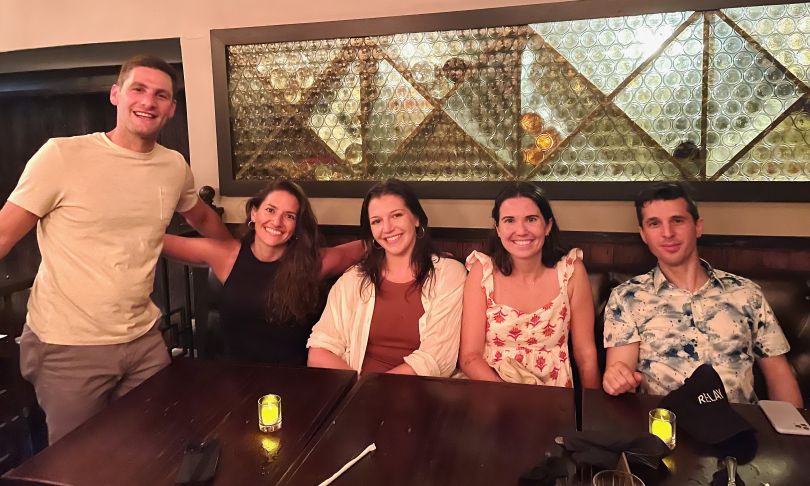According to both the National Restaurant Association and the USDA, the American restaurant industry will likely never return to a pre-pandemic status quo. But for Shawn Christian, COO of Relay delivery, that shift represents an opportunity to support restaurants as they change the way they do business and connect with diners.
Relay Delivery’s own data reveals how restaurants’ revenue sources have starkly changed across the industry: Prior to March 2020, most restaurants operated on an 80-20 split between dine-in and takeout; today, the pie chart is split between 50 percent dine-in, 35 percent delivery and 15 percent takeout.
“The silent killer is the 35 percent delivery,” Christian said, “since that bucket has around a 25 percent fee tacked onto it for most restaurants, which they counteract by inflating menu prices. It’s a lose-lose.”

Relay Delivery wants to put the power to influence customer relationships and brand identity back in the hands of restaurants, instead of third-party delivery providers.
“What happens when a restaurant owns delivery from top to bottom?” Christian asked. And he has the answer: When a customer orders through a restaurant-owned channel, restaurants are able to collect data and fulfill the delivery with support from Relay’s tech.
“It means far more profit for the restaurant, less price-gouging for the customer, higher order frequency and more cash for expansion and in the pockets of employees,” he said. “The flywheel goes on.”
And the mission extends past the restaurant doors, according to Christian. “If you care about the lifeblood of local economies or the 15 million people that work in restaurants, Relay Delivery is the place for you,” he said.

HOW IT WORKS
When working with Relay Delivery, control is back in a restaurant’s influence, while still offering customers a seamless ordering experience. A customer is able to order through any preferred third-party application or directly from the restaurant, and the order is routed through Relay, which captures the customer data for the restaurant and dispatches a courier for pick-up. Relay provides the connection between restaurant and diner, while also offering the restaurant better insights and more control of the customer relationship. And if a restaurant wants to handle delivery couriers in-house? Well, Relay Delivery has custom options for that, too.
My main job is to harness the unique superpowers each of our employees have and help them best utilize those skills. I am leading the charge on everything operations — sales, customer success, onboarding, merchant operations, supply operations and product roadmap.
Although we’re 10 years old, Relay Delivery is still ahead of the market. I spend a lot of time configuring the nuance to how our product fits into the market and how we communicate that, define the experience for end-users and influence how the market evolves. Our hypothesis is that third-party marketplaces have pushed a narrative of incremental revenue for over eight years, and our value proposition to our restaurant partners is that we can move beyond incremental revenue and into margin improvement.
Right now, I am using metrics to define why we operate in the ways we do, and as we move ahead, we will turn those metrics into data-driven hypotheses that we can test, scale those experiments and build our talent pool. And finally, with the right team and solid foundation, we can take infinite risk as we expand.

What’s your vision for leading your team?
I lead with two principles:
1. Lead from the front.
2. Whether using a carrot or a stick, people don’t change, so my focus for the hiring roadmap is on optimizing for builders — people who will build our product, market and audience. This helps me orient my team, our objectives and key results, and the company overall.
Alignment is a big deal for our team. We are one team with one mission, so we want to embed the principles of liquidity into our team and marry that with a customer-first obsession and a bias to action.

How do you build team culture? Why is that important for the work that you do?
As a hybrid organization, building team culture can be difficult, so we start with hiring and make sure our interview process allows us to truly screen for candidate-company fit. If I’m able to cultivate the team to think in first principles and act as if their grandparents are on the other side of the product, that will drive the compassion and urgency we need.
“A team that thinks in first principles and acts as if their grandparents are on the other side of the product will drive the compassion and urgency we need.”
From a personal standpoint, we take an inclusive approach. We make sure we have pop-up events sprinkled between our quarterly and annual get-togethers, however we want to make sure that this is something people want and keep it optional. By no means do we think that work relationships need to drive an employee’s actual social life unless they want that for themselves.

Why join Relay Delivery?
We are rebuilding the restaurant go-to-market model and starting with the hardest component first — building a fleet of couriers. From here, we are going to aggressively expand into more products and services so restaurants can regain control and stop going out of business, which has happened at all-time highs coinciding with the start of marketplace demand generation.
You’d be on the ground floor here at Relay. We have unbelievable retention and satisfaction rates across our couriers and merchants, and now we get to focus on truly scaling this business to applicable markets and audiences.






